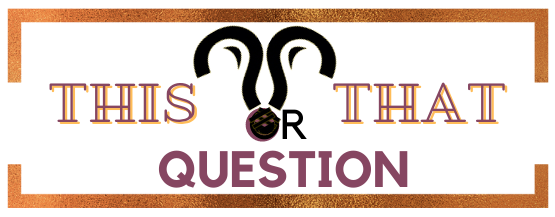En Dash and Em Dash are the two most commonly used dash marks in English language. The en dash (–) is slightly longer than the hyphen (-) and is primarily used to connect words or numbers in a sentence. The em dash (—) is the longest of the three marks and is typically used to create pauses or breaks in a sentence.
An en dash is used to represent a range of numbers or dates, as well as to connect words that are related. For example, “Pages 12–14” or “The meeting will be held from April–June.” You can also use an en dash to connect two words that are related, such as “Sci-fi–horror” or “New York–Paris.”
An em dash is used to add emphasis to a phrase, or to create a dramatic pause in a sentence. It is also used to set off a list of items, or to separate a phrase that is already set off by commas. For example, “She packed her bags—and left.” or “The team has tried a variety of strategies—including bribery, sabotage, and threats—but nothing has worked.”
When using an en dash or em dash in writing, it is important to remember that these marks should not be used interchangeably. An en dash is generally used to connect two related words or numbers, while an em dash is used to add emphasis or create a dramatic pause in a sentence. Furthermore, both marks should be used sparingly in order to avoid overuse, and they should never be used to replace other punctuation marks, such as commas or colons.En Dash and Em Dash are the two most commonly used dash marks in English language. The en dash (–) is slightly longer than the hyphen (-) and is primarily used to connect words or numbers in a sentence. The em dash (—) is the longest of the three marks and is typically used to create pauses or breaks in a sentence.
An en dash is used to represent a range of numbers or dates, as well as to connect words that are related. For example, “Pages 12–14” or “The meeting will be held from April–June.” You can also use an en dash to connect two words that are related, such as “Sci-fi–horror” or “New York–Paris.”
An em dash is used to add emphasis to a phrase, or to create a dramatic pause in a sentence. It is also used to set off a list of items, or to separate a phrase that is already set off by commas. For example, “She packed her bags—and left.” or “The team has tried a variety of strategies—including bribery, sabotage, and threats—but nothing has worked.”
When using an en dash or em dash in writing, it is important to remember that these marks should not be used interchangeably. An en dash is generally used to connect two related words or numbers, while an em dash is used to add emphasis or create a dramatic pause in a sentence. Furthermore, both marks should be used sparingly in order to avoid overuse, and they should never be used to replace other punctuation marks, such as commas or colons.En Dash and Em Dash are the two most commonly used dash marks in English language. The en dash (–) is slightly longer than the hyphen (-) and is primarily used to connect words or numbers in a sentence. The em dash (—) is the longest of the three marks and is typically used to create pauses or breaks in a sentence.
An en dash is used to represent a range of numbers or dates, as well as to connect words that are related. For example, “Pages 12–14” or “The meeting will be held from April–June.” You can also use an en dash to connect two words that are related, such as “Sci-fi–horror” or “New York–Paris.”
An em dash is used to add emphasis to a phrase, or to create a dramatic pause in a sentence. It is also used to set off a list of items, or to separate a phrase that is already set off by commas. For example, “She packed her bags—and left.” or “The team has tried a variety of strategies—including bribery, sabotage, and threats—but nothing has worked.”
When using an en dash or em dash in writing, it is important to remember that these marks should not be used interchangeably. An en dash is generally used to connect two related words or numbers, while an em dash is used to add emphasis or create a dramatic pause in a sentence. Furthermore, both marks should be used sparingly in order to avoid overuse, and they should never be used to replace other punctuation marks, such as commas or colons.En Dash and Em Dash are the two most commonly used dash marks in English language. The en dash (–) is slightly longer than the hyphen (-) and is primarily used to connect words or numbers in a sentence. The em dash (—) is the longest of the three marks and is typically used to create pauses or breaks in a sentence.
An en dash is used to represent a range of numbers or dates, as well as to connect words that are related. For example, “Pages 12–14” or “The meeting will be held from April–June.” You can also use an en dash to connect two words that are related, such as “Sci-fi–horror” or “New York–Paris.”
An em dash is used to add emphasis to a phrase, or to create a dramatic pause in a sentence. It is also used to set off a list of items, or to separate a phrase that is already set off by commas. For example, “She packed her bags—and left.” or “The team has tried a variety of strategies—including bribery, sabotage, and threats—but nothing has worked.”
When using an en dash or em dash in writing, it is important to remember that these marks should not be used interchangeably. An en dash is generally used to connect two related words or numbers, while an em dash is used to add emphasis or create a dramatic pause in a sentence. Furthermore, both marks should be used sparingly in order to avoid overuse, and they should never be used to replace other punctuation marks, such as commas or colons.


